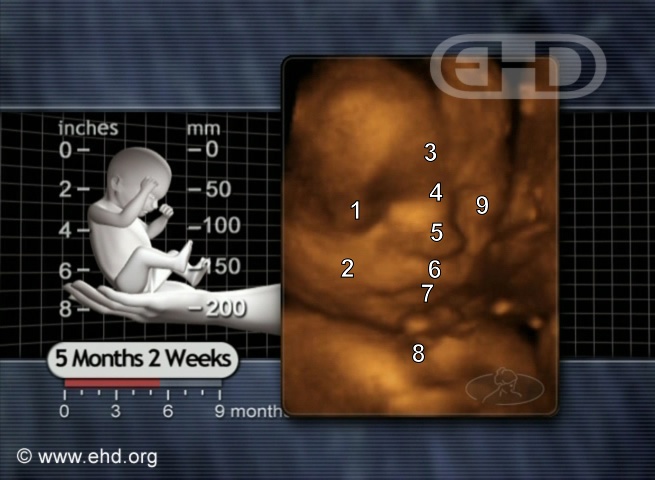In a 2017 article in Social Science & Medicine, abortion workers discussed aspects of their work that they found hard to talk about with outsiders. One person spoke to the article’s authors about seeing a baby aborted on ultrasound. She made these comments in a group discussion with fellow abortion workers and abortionists.
It was a late-term abortion — specifically, an induction abortion. During this procedure, the abortionist injects the poison digoxin into the baby to kill him or her. The cervix of the woman is dilated with laminaria, and labor is induced a day or two later. The woman essentially “gives birth” to a dead baby. In the video below, former abortionist Dr. Anthony Levatino illustrates the procedure:
READ: There’s no way to make late-term abortion seem better, media. Just stop.
The baby being aborted had a health problem. The abortion worker didn’t mention what this was, but acknowledged that it was something minor and treatable. Even the abortionist told the woman that the problem could be fixed:
[The doctor] asks [the woman having the abortion] … “Are you sure this is the right decision?” And she’s like, “Yes.” She starts to cry. “I can’t – I have a kid that’s two years old.” And I’m like, alright, this is going to be a rough one. [The doctor] went to tell her, “You don’t have to, this can be fixed,” but that’s not his job. His job is to do what she asked. And I wanted to say it at that point, but you know he’s set up, he’s doing his thing.1
The worker then describes what she witnessed on ultrasound:
Everything’s going perfect… [The abortionist] inserts the laminaria. I’m fine; I’ve done [this] a million times. … He goes to do the dig[oxin], and puts his finger on her tummy and … I’m watching it because I’ve never seen the ultrasound before … and I see the fetus’s hands start moving, and [the doctor] keeps poking this one spot and the fetus like turns all the way around. And I’m like, ‘Ohhh, I don’t know if I can do this.’ Like this fetus is saying, ‘Don’t do this to me.’ My emotions start going haywire … and I look, and I see it. … I feel like I’m going to pass out, or faint, and so I just look the other way. They finished.
The worker maintains her composure, but later breaks down:
I pretend like nothing’s wrong. I go about my day, and I go home, and I lost it… and I had to question myself, like can I do this? Because I really wanted to scream at that woman before that needle went in, “This is fixable! You don’t have to do this!” But that’s not my place … I felt like woman taking care of woman, that was my job. … putting the patient first before yourself sometimes.
The rationalization of “putting the patient first” reveals the twisted pattern of thinking that the baby doesn’t matter. The only people whose feelings she considered were the woman having the abortion, and herself. The baby does not merit any consideration. Even though it was the baby she clearly saw struggling on the ultrasound screen, she did not acknowledge the child’s identity as a person who matters.
READ: These women survived late-term abortions, and we should listen to them
Two other abortion workers responded to her. One said:
This is such a heavy burden … and you don’t have to feel it by yourself. I’m very clear that the fetus is not our patient, that the woman is. But sometimes … every once in a while, you still feel really sad. And that’s OK. That’s part of being a good human being.
In this worker’s viewpoint, being a good human being means feeling bad about assisting in the killing of a baby. She does not consider the option of refusing to help kill.
Another abortion worker responded by saying, “many other people felt that way the first time they see dig[oxin]. It’s human.”
To these abortion workers, it is a given that the baby dies. Watching the child die is just something that needs to be coped with.
But we can see that watching a baby aborted on ultrasound can strain an abortion worker’s commitment. In fact, an article on these workers in ObGyn News says, “Staff members also may be affected by sonographic images and may need opportunities for venting their feelings and reconfirming their priorities…”2
Some abortion workers have quit after seeing babies aborted on ultrasound. Joan Appleton and and Abby Johnson are just two examples.
- Lisa A. Martin, PhD, Jane A. Hassinger, MSW, Michelle Debbink, MD, PhD, Lisa H. Harris, MD, PhD “Dangertalk: Voices of abortion providers” Social Science & Medicine 184 (2017)
- Cited in Rachel M MacNair, PhD. Achieving Peace in the Abortion War (New York: iUniverse, 2009) 59
“Like” Live Action News on Facebook for more pro-life news and commentary!







